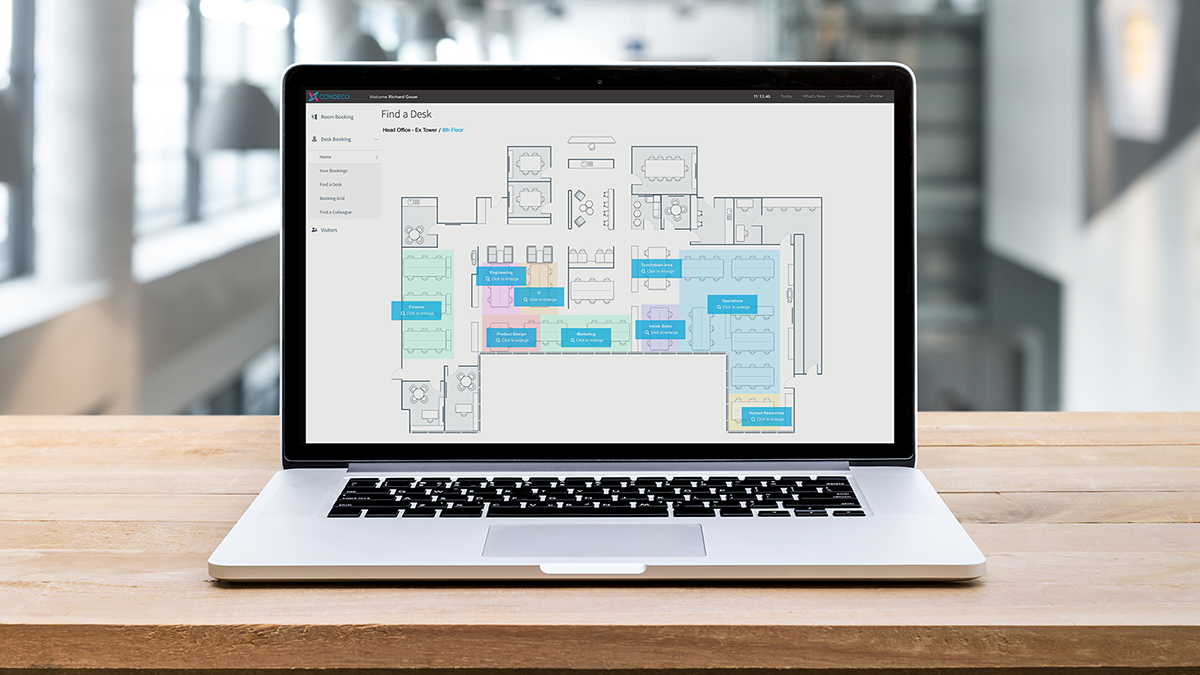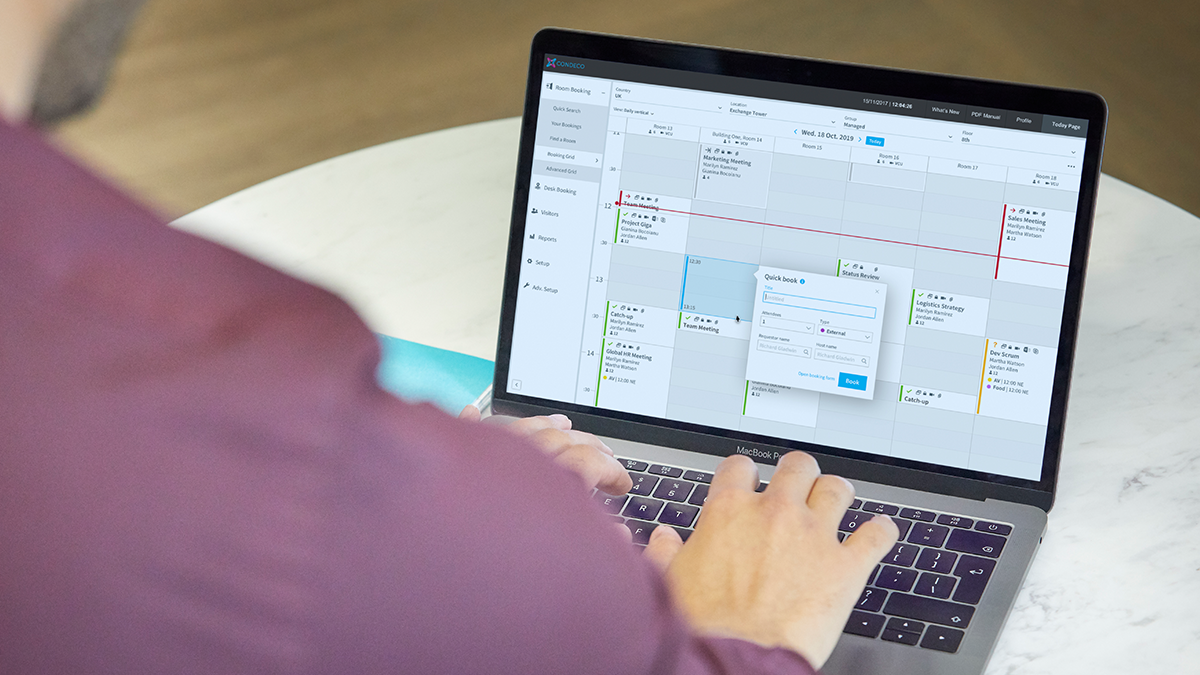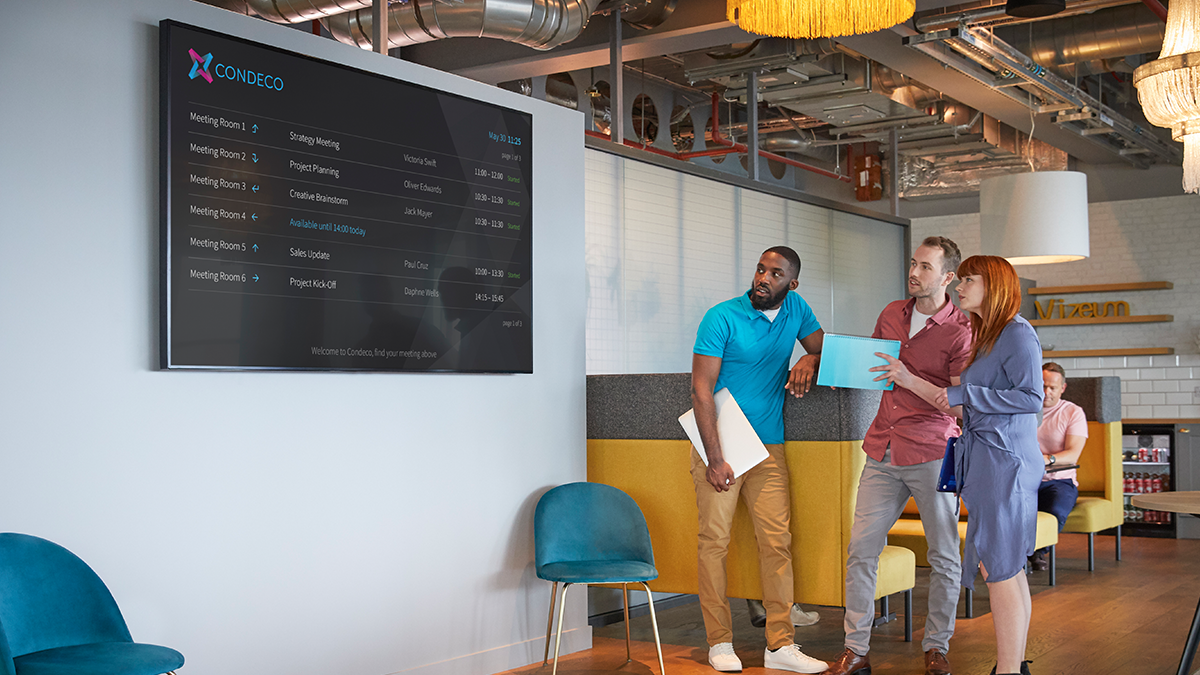With the current state of work, our environment and the global issues we are all facing, it all means that the way we work has shifted…
If we rewind here, looking at the offices of 1995, it would have been full of very big and very basic computers, as Windows was only just gaining mass adoption. There would have been big clunky phones on every desk and fax machines everywhere. And if the business was really bleeding-edge, there may have been a single corporate email account, on a specific computer that everybody had to share.
Rewind another quarter of a century to your grandparents’ day, and compared to what we have now, the office environment of 1970 looks like an alien landscape. Think…
- typewriters
- rolodexes for contacts
- card indexes on the wall
- thick fog of cigarette smoke in the air (or cigar smoke from the boss’s office).
The point of all this warm, fuzzy nostalgia is that technology has advanced so quickly in recent decades, and our working environments have been taken along on the ride. What’s more, these changes have reshaped not only the way we do our jobs, during sometimes challenging and uncertain climates, but our attitudes towards work and businesses’ brand images, too.
So in 2020, what should your modern work environment look like?
And why are technology developments so important in supporting your future growth and sustainability?
Here are four key concepts to consider:
1. An office without walls
 OK, this is not strictly to suggesting you knock your walls down. That would get very wet and cold very quickly. What I mean here is that more and more people do office-type work beyond the four walls of your building, whether at home or out in the field. And they need to be able to do so without compromise.
OK, this is not strictly to suggesting you knock your walls down. That would get very wet and cold very quickly. What I mean here is that more and more people do office-type work beyond the four walls of your building, whether at home or out in the field. And they need to be able to do so without compromise.
That means taking advantage of the cloud, along with the capabilities of mobile devices, to maximize the functionality of your workforce, wherever they are, offering more flexible and agile business solutions. If they can securely store and retrieve information and documents from the cloud onto their phones or tablets, they can feel energized about working the way they want to, and unshackled from the daily grind of the commute.
2. Different ways mean different workspaces
Connected to the point above is the idea that if you don’t have all your employees in your office five days away, then you have the freedom to review how your office operates. And suddenly, you’ll find a lot of the accepted wisdom and orthodoxies can be challenged.
Who says everyone needs their own desk, for example?
Try mixing things up with hot-desks that workers can book remotely for the precise times they need them. Finding more meetings need video conferencing? Get your spaces hooked up with meeting booking systems where VC can be ordered on demand, wherever the platform; overall, workplace technology is the underpinning innovation that makes it all easy.
3. Join the dots with integration
If there’s one thing that makes modern office work difficult for many people, it’s having to juggle dozens of different applications and bits of software. Whether it’s trying to remember 47,262 passwords or having to put the same information into four different apps, too much software can be a major drag on performance and productivity.
That’s why it’s never been more important that software is at least partially integrated and talks to each other. A great example of this can be found in meeting room booking software, where booking a lunchtime meeting with sandwiches means a request is automatically sent to your caterers so they know exactly what is needed and when. Ultimately, software is the same as the human element of your company:
communication is the key.
4. Visitors need your tech, too!
It’s important not to take too insular a view of what workplace technology can do for you. The possibilities extend beyond your workforce and into the working lives of the customers, partners and suppliers that you deal with every day. Visitor management systems are a good case in point.
Let’s say an important supplier comes in for a meeting with some of your sales executives. As soon as they arrive, they can use a kiosk in reception that allows them to check in, prints them out a guest pass and gives them directions through the building, right to the door of the meeting room that’s been booked for their visit…
- It’s seamless
- it’s efficient
- it’s highly professional
- it takes some pressure off your reception and front-of-house staff
- it leaves your supplier with an excellent first impression
Fifty years ago, giving a supplier a good first impression often meant offering them a glass of whisky as they entered the boardroom. Today, you can do it with excellent and secure integrated workplace technology.

